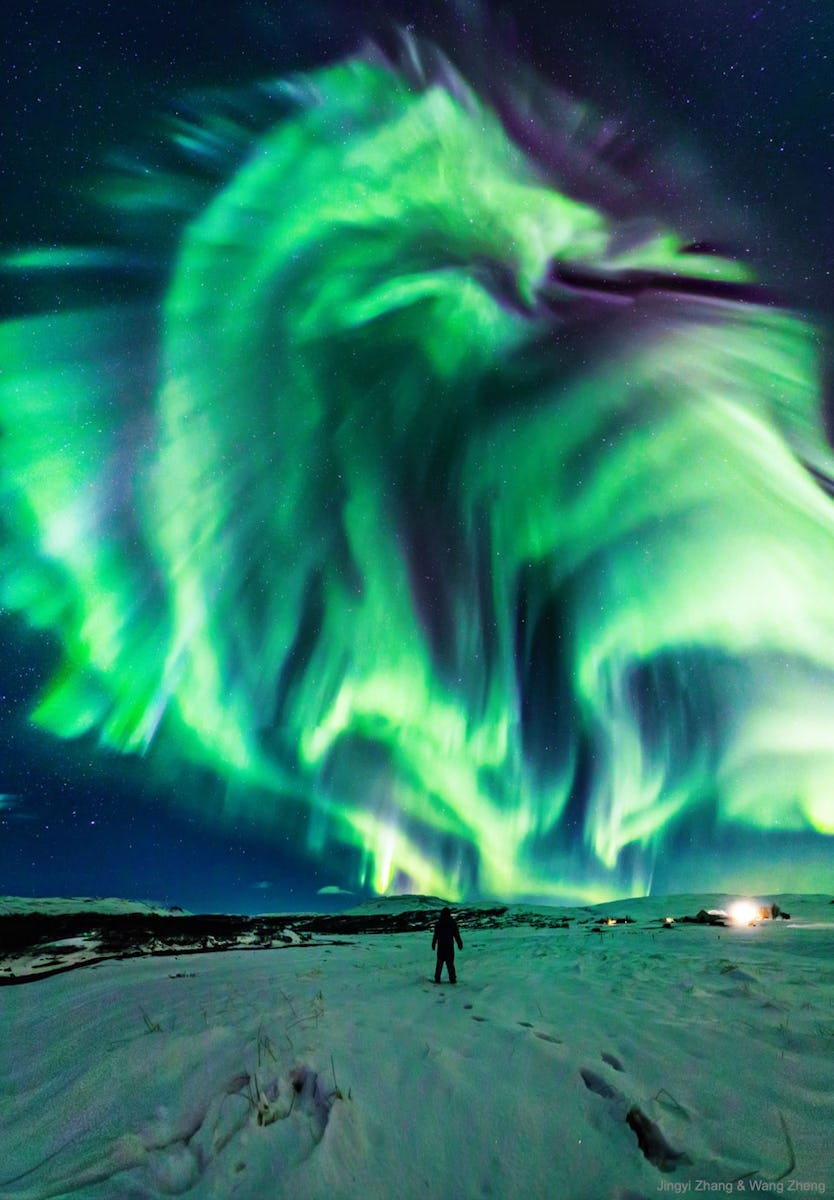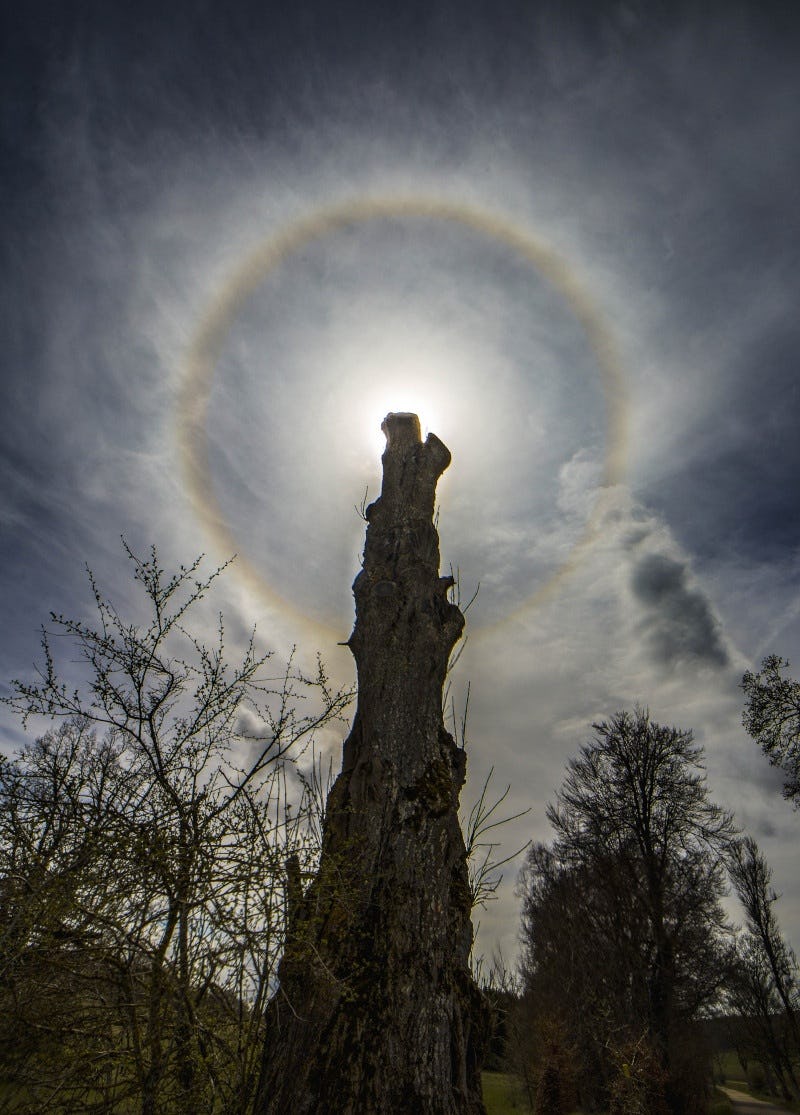Some days are good,
most days are not.
I miss your sweet smile,
my memory is all I've got.
Public Posts Seattle, WA Seattle, WA (zoom)
Someone made a choice for you to leave,
It wasn't you or me.
Sorry you had to go on Christmas eve,
for you are my life and I miss thee.
I must say,
or even admit,
these few days,
made me feel less fit.
She floated,
like a butterfly,
a flit on a bloom.
I let out a sigh,
why do memories
fade and go away,
without nature,
gone! What do I say?
Lovely eyes,
look back at me,
from a face
so lovely.
To make a new friend,
good and true,
works for me.
How about you?
NASA Astronomy Picture of the Day:
Have you ever seen a dragon in the sky? Although real flying dragons don't exist, a huge dragon-shaped aurora developed in the sky over Iceland in 2019. The aurora was caused by a hole in the Sun's corona that expelled charged particles into a solar wind that followed a changing interplanetary magnetic field to Earth's magnetosphere. As some of those particles then struck Earth's atmosphere, they excited atoms which subsequently emitted light: aurora. This iconic display was so enthralling that the photographer's mother ran out to see it and was captured in the foreground. Our active Sun continues to show an unusually high number of prominences, filaments, sunspots, and large active regions as solar maximum approaches in 2025.
Photo by Jingyi Zhang & Wang Zheng
Remember me when I am gone away,
Gone far away into the silent land;
When you can no more hold me by the hand,
Nor I half turn to go yet turning stay.
Remember me when no more day by day
You tell me of our future that you plann'd:
Only remember me; you understand
It will be late to counsel then or pray.
Yet if you should forget me for a while
And afterwards remember, do not grieve:
For if the darkness and corruption leave
A vestige of the thoughts that once I had,
Better by far you should forget and smile
Than that you should remember and be sad.
Christina Georgina Rossetti (1830 –1894), was an English writer born in London. She authored many romantic, devotional and children's poems, including "Goblin Market" and "Remember". She also wrote the words of two Christmas carols well known in Britain: "In the Bleak Midwinter" and "Love Came Down at Christmas", She was a sister of the artist and poet Dante Gabriel Rossetti II and features in several of his paintings.
Rosetti wrote "Remember" when she was 19 in 1849. It was first published in 1862 in her collection Goblin Market and Other Poems. This poem is in the public domain.
There's no tomorrow,
only today.
Yesterday is a memory,
for you've gone away.
I brought you home,
it was today.
A beautiful Urn,
I know not what to say,
except I hunger for you
and I always will.
I'll love you always,
I am your Jack; you are my Jill.
I just want to be useful, again.
No need for romance,
or a Spring dance.
I just want to be useful, again.
Third trip for a tattoo.
Two tattoos today,
my birthday sign and
a tiger shoulder display.
Met a lovely lady
and we conversed,
about her daughter's book,
all unrehearsed.
NASA Astronomy Picture of the Day:
rth's orbit around the Sun is not a circle, it's an ellipse. The point along its elliptical orbit where our fair planet is closest to the Sun is called perihelion. This year, perihelion was on January 2 at 01:00 UTC, with the Earth about 3 million miles closer to the Sun than it was at aphelion (last July 6), the farthest point in its elliptical orbit. Of course, distance from the Sun doesn't determine the seasons, and it doesn't the determine size of Sun halos. Easier to see with the Sun hidden behind a tall tree trunk, this beautiful ice halo forms a 22 degree-wide circle around the Sun, recorded while strolling through the countryside near Heroldstatt, Germany. The Sun halo's 22 degree angular diameter is determined by the six-sided geometry of water ice crystals drifting high in planet Earth's atmosphere.
Photo by Radoslav Zboran








.jpg?fit=crop&w=280&h=280&q=93)













 - Copy.jpg?fit=crop&w=280&h=280&q=93)














